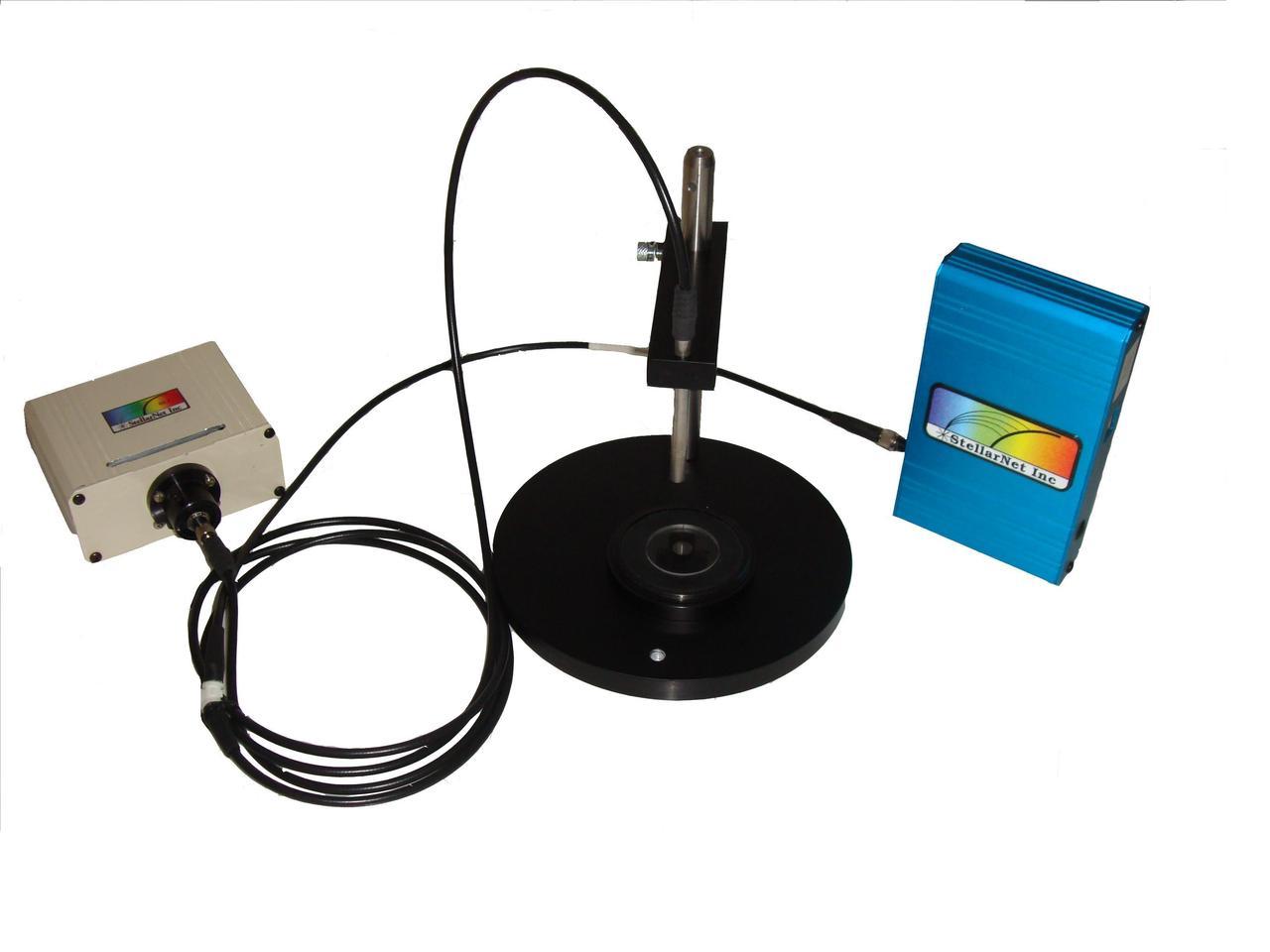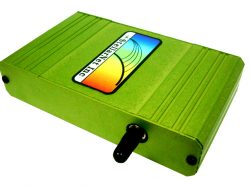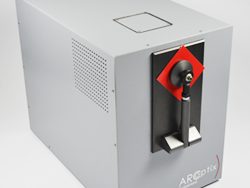Description
Thin Film Characterization Systems for Non-Contact Measurement
We offer a complete line of film thickness measurement systems that can measure from 5 nm to 200 µm for analysis of single layer and/or multilayer films in less than a second. StellarNet thin film reflectometry systems consist of a compact USB spectrometer coupled to a reflectance probe and light source. The optical properties are obtained from reflection and thickness is measured by detecting the sinusoidal fringe pattern from the sample’s specular reflectance. Several thin film systems are available to suit your thin film and/or optical measurement requirements.
TF-VIS – (Thickness Range: 10nm-75um Wavelength Range: 400nm -1000 nm)
Majority of translucent or lightly absorbing films can be measured quickly and reliably: Oxides,Nitrides, Photoresists, Polymers, Semiconductors (Si, aSi, polySi), Hard coatings (SiC, DLC), Polymer coatings (Paralene, PMMA, Polyamides), thin metal films and many more.
Applications include LCD, FPD: ITO, Cell Gaps, Polyamides. Optical Coatings: dielectric filters, hardness coating, anti-reflection coating Semiconductor and dielectics: Oxides, Nitrides, OLED stack.
Hardware includes compact visible spectrometer, visible light source, reflectance probe, and reflectance probe holder.
TF-UVVIS-SR – (Thickness Range: 1nm- 75um Wavelength Range: 200nm -1000nm)
Allows thinner film measurement down to 1nm with UV-VIS light. Hardware upgrades to UV-VIS spectrometer and UV-VIS source. Fiber optics must be enhanced with -SR (solarization resistance) in order to transmit and collect additional UV signal.
TF-UVVIS-NIR – (Thickness Range: 1nm- 300um Wavelength Range: 200nm -1700nm)
Adding a NIR spectrometer channels allows for thicker films to be measured.
TF-Software
Thickness and optical constants (n and k) can be measured quickly and easily using powerful user-friendly software which make daily complex measurements quick and simple.
TF software includes a large library of materials data that enables measurement of the wide range of layer structures: multilayer, freestanding, rough, thick and thin layer structures are supported. New materials can be added easily by measuring corresponding sample or importing data from the text file.
The measurement process consists of two steps: data acquisition and data analysis. TF Systems defines all the process in a measurement recipe and makes it transparent to the user. At the same time the user has the ability to store measured data and analyze it later.
TF supports Parameterized materials e.g. Cauchy, Sellmeir, EMA (effective-medium approximation), Harmonic oscillator, Tauc-Lorentz oscillator, Drude-Lorentz and many more approximations. These approximations represent optical dispersion of materials in desired spectral range using few coefficients that can be adjusted. For example, oxides are frequently represented using Cauchy and glasses using Sellmeir approximation, amorphous materials (e.g. SiNx, aSi) can be represented using Tauc-Lorentz and phase-mixed materials (e.g. poly-Si) using EMA approximation.
Measurements are made using: reflectance/transmittance spectroscopy which measures the optical response of the layer structure. The user creates an optical model of the layer structure and uses data analysis to determine physical properties: the results are inferred from the best fit of measured and modeled data. TF software provides many options to easily analyze simple and most complex filmstacks, graded layers, periodic structures, very thick films, films on thin substrates, multi-sample measurements, etc. Simulation and error-estimator tools allow user better understand data and the expected precision.
During in-situ, in-line or other long running measurements conditions like surface roughness, ambient light, etc. may be changing. TF software supports roughness and scaling correction that allows factoring in these effects.
From most simple, routine measurements to multilayer, multi-sample analysis – our software is ready to help!
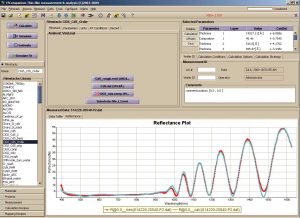
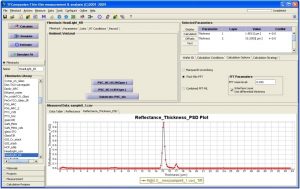
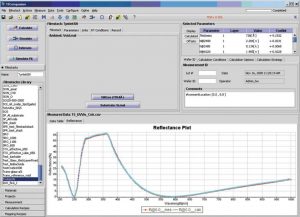
Contact us

